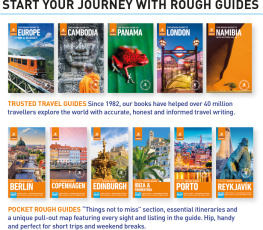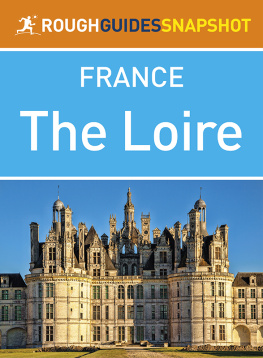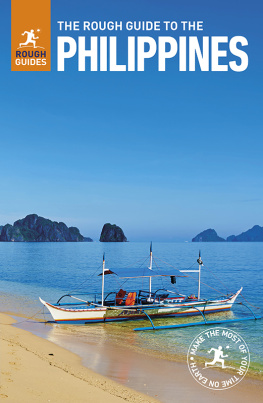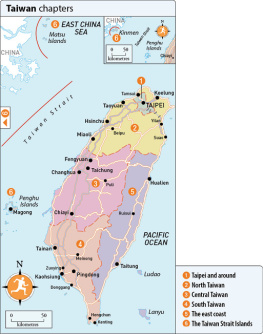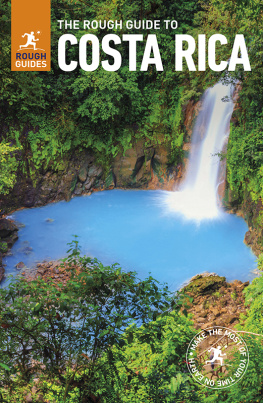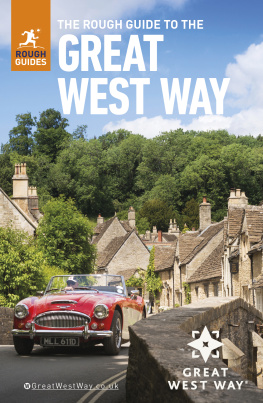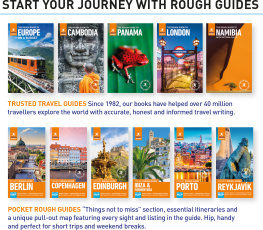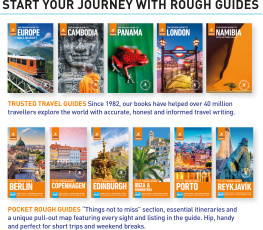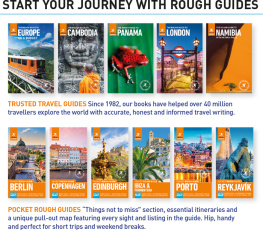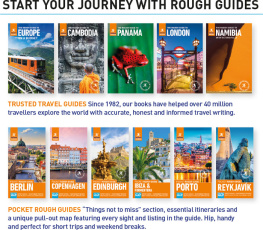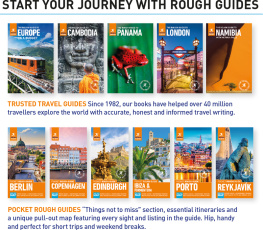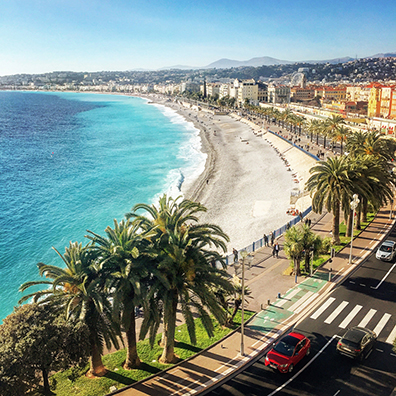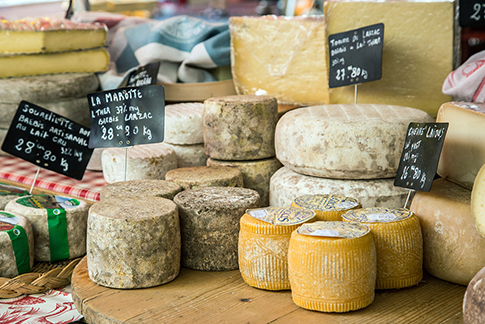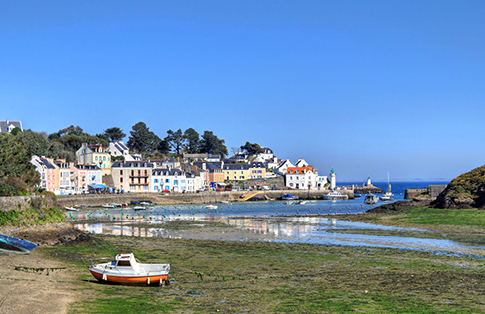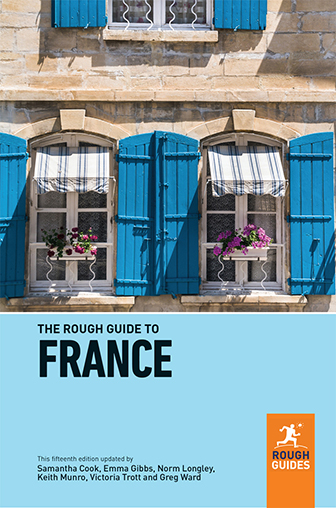
Shutterstock
Contents
iStock
Introduction to
France
You could spend a lifetime of holidays in France and still not come close to exhausting its riches. Landscapes range from the fretted coasts of Brittany and the limestone hills of Provence to the canyons of the Pyrenees and the half-moon bays of Corsica, and from the lushly wooded valleys of the Dordogne and the gentle meadows of the Loire valley to the glaciated peaks of the Alps. Each region looks and feels different, has its own style of architecture, its own characteristic food and often its own dialect. Though the French word pays is the term for a whole country, people frequently refer to their own region as mon pays my country and this strong sense of regional identity has persisted despite centuries of centralizing governments, from Louis XIV to de Gaulle.
Industrialization came relatively late to France, and for all the millions of French people that live in its many vibrant cities, the idea persists that theirs is a rural country . The importance of the land reverberates throughout French culture, manifesting itself in areas as diverse as regional pride in local cuisine and the states fierce defence of Europes agricultural subsidies. Perhaps the most striking feature of the French countryside is the sense of space. There are huge tracts of woodland and undeveloped land without a house in sight, and, away from the main urban centres, hundreds of towns and villages have changed only slowly and organically over the years, their old houses and streets intact, seeming to belong to the natural landscape as much as the rivers, hills and fields.
Despite this image of pastoral tranquillity, Frances history is notable for its extraordinary vigour. For more than a thousand years the country has been in the vanguard of European development, and the accumulation of wealth and experience is evident everywhere in the astonishing variety of things to see, from the Dordognes prehistoric cave paintings and the Roman monuments of the south, to the Gothic cathedrals of the north, the chteaux of the Loire, and the cutting-edge architecture of the grands projets in Paris. This legacy of history and culture le patrimoine is so widely dispersed across the land that even the briefest of stays will leave you with a powerful sense of Frances past.
The importance of these traditions is felt deeply by the French state, which fights to preserve and develop its culture perhaps harder than any other country in the world, and by private companies, which also strive to maintain French traditions in arenas as diverse as haute couture, pottery and, of course, food. The fruits of these efforts are evident in the subsidized arts , notably the film industry, and in the lavishly endowed and innovative museums and galleries. From colonial history to fishing techniques, aeroplane design to textiles, and migrant shepherds to manicure, an array of impressive collections can be found across the nation. Inevitably, however, first place must go to the fabulous displays of fine art in Paris, a city which has nurtured more than its fair share of the finest creative artists of the last century and a half, both French Monet and Matisse for example and foreign, such as Picasso and Van Gogh.
There are all kinds of pegs on which to hang a holiday in France: a city, a region, a river, a mountain range, gastronomy, cathedrals, chteaux. All that open space means theres endless scope for outdoor activities, from walking, canoeing and cycling to skiing and sailing, but if you need more urban stimuli clubs, shops, fashion, movies, music then the great cities provide them in abundance.
Shutterstock
SAUZON HARBOUR AT LOW TIDE, BELLE-LE, BRITTANY
FACT FILE
- With a land area of 547,000 square kilometres, France is the largest country in the EU ; its population of 67.2 million is second only to that of Germany.
- France has a long secular republican tradition dating back to the revolution of 1789. Yet the majority of its population is Roman Catholic nominally, at least and theres a substantial Muslim minority of around 8 to 10 percent.
- Annual GDP per capita is around $44,000, making France one of the worlds richest countries , but unemployment is a persistent problem, at around 9 percent. Taxes are high, at around 43 percent, but so is social spending, at almost 30 percent.
- France remains by far the worlds most popular tourist destination , with some 86 million visitors annually.
- The French film industry is the worlds third most prolific, after the US and India, with around 215 million tickets sold annually.
- Contrary to its self-image as a bastion of gastronomy, the country is also the second largest consumer of McDonalds burgers after the US, flipping more than a million Big Macs daily.
- A great source of confusion when meeting and greeting French people is the double kiss , or bise . When it is appropriate, and how many times to do it, which cheek to start with, whether to touch or air kiss, what to do with your hands, or whether its better to shake hands instead, are all matters that vex the French just as much as foreign visitors not least because norms vary between regions, social situations and age groups. When in doubt, hang back, copy what everyone else does, and go left for the first one.
- In 1910, a law was passed in France forbidding couples from kissing on train platforms to avoid delayed departures. The law is still in place, though no longer enforced.
Where to go
Travelling around France is easy. Restaurants and hotels proliferate, many of them relatively inexpensive when compared with other developed Western European countries. Train services are admirably efficient, as is the road network especially the (toll-paying) autoroutes and cyclists are much admired and encouraged. Information is highly organized and available from tourist offices across the country, as well as from specialist organizations for walkers, cyclists, campers and so on.
As for specific destinations, Paris , of course, is the outstanding cultural centre, with its impressive buildings not least Frank Gehrys stunning Fondation Louis Vuitton and unparalleled art, nightlife and ethnic diversity, though the great provincial cities Lyon, Bordeaux, Toulouse, Marseille all now vie with the capital and each other for prestige in the arts, ascendancy in sport and innovation in attracting visitors.
For most people, however, its the unique characters of the regions that will define a trip. Few holiday-makers stay long in the largely flat, industrial north , but there are some fine cathedrals and energetic cities to leaven the mix. The picture is similar in Alsace-Lorraine where Germanic influences are strong, notably in the food. On the northern Atlantic coast, Normandy has a rich heritage of cathedrals, castles, battlefields and beaches and, with its cream-based sauces, an equally rich cuisine. To the west, Brittany is renowned for its Celtic links, beautiful coastline, prehistoric sites and seafood, while the Loire valley, extending inland towards Paris, is famed for soft, fertile countryside and a marvellous parade of chteaux. Further east, the green valleys of Burgundy shelter a wealth of Romanesque churches, and their wines and food are among the finest in France. More Romanesque churches follow the pilgrim routes through rural Poitou-Charentes and down the Atlantic coast to Bordeaux , where the wines rival those of Burgundy. Inland from Bordeaux, visitors flock to the gorges, prehistoric sites and picturesque fortified villages of the Dordogne and neighbouring Limousin , drawn too by the truffles and duck and goose dishes of Prigord cuisine. To the south, the great mountain chain of the Pyrenees rears up along the Spanish border, running from the Basque country on the Atlantic to the Catalan lands of Roussillon on the Mediterranean; theres fine walking and skiing, as well as beaches at either end. Further along the Mediterranean coast, Languedoc offers dramatic landscapes, medieval towns and Cathar castles, as well as more beaches, while the Massif Central , in the centre of the country, is undeveloped and little visited, but beautiful nonetheless, with its rivers, forests and the wild volcanic uplands of the Auvergne . The Alps , of course, are prime skiing territory, but a network of signposted paths makes for great walking too; to the north, the wooded mountains of the Jura provide further scope for outdoor adventures. Stretching down from the Alps to the Mediterranean is Provence , which, as generations of travellers have discovered, seems to have everything: Roman ruins, charming villages, vineyards and lavender fields and legions of visitors. Its cuisine is similarly diverse, encompassing fruit, olives, herbs, seafood and lamb. Along the Provenal coast, the beaches, towns and chic resorts of the Cte dAzur form a giant smile extending from the vibrant city of Marseille to the super-rich Riviera hotspots of Nice and Monaco. For truly fabulous beaches, however, head for the rugged island of Corsica , birthplace of Napoleon and home to an Italian-leaning culture and cuisine, and some fascinating Neolithic sculptures.

